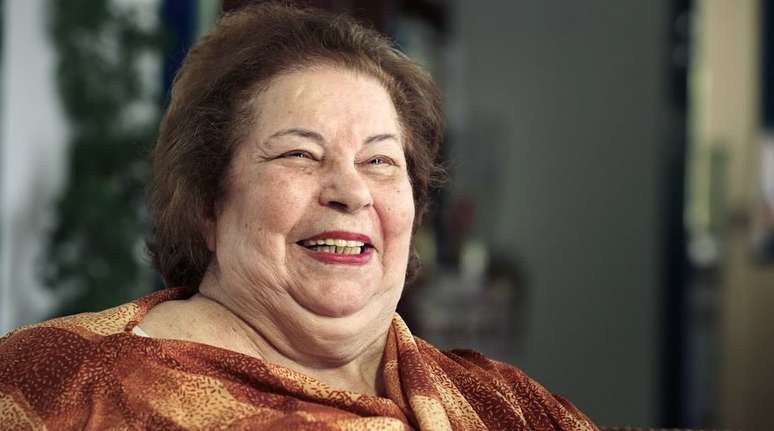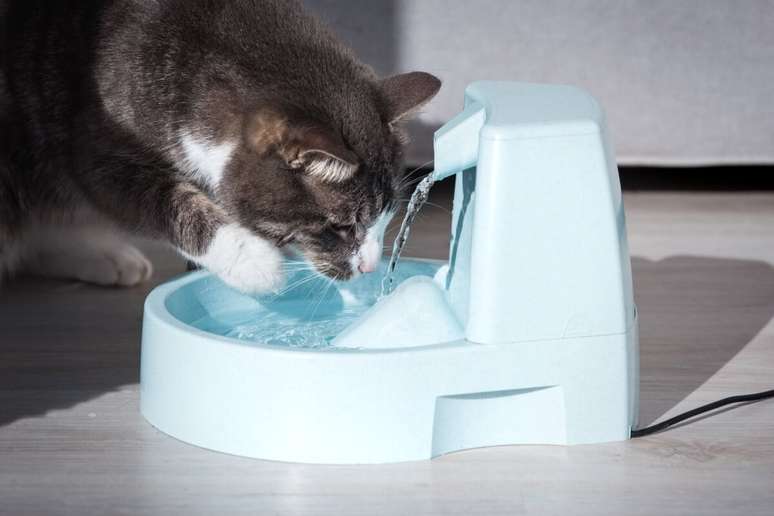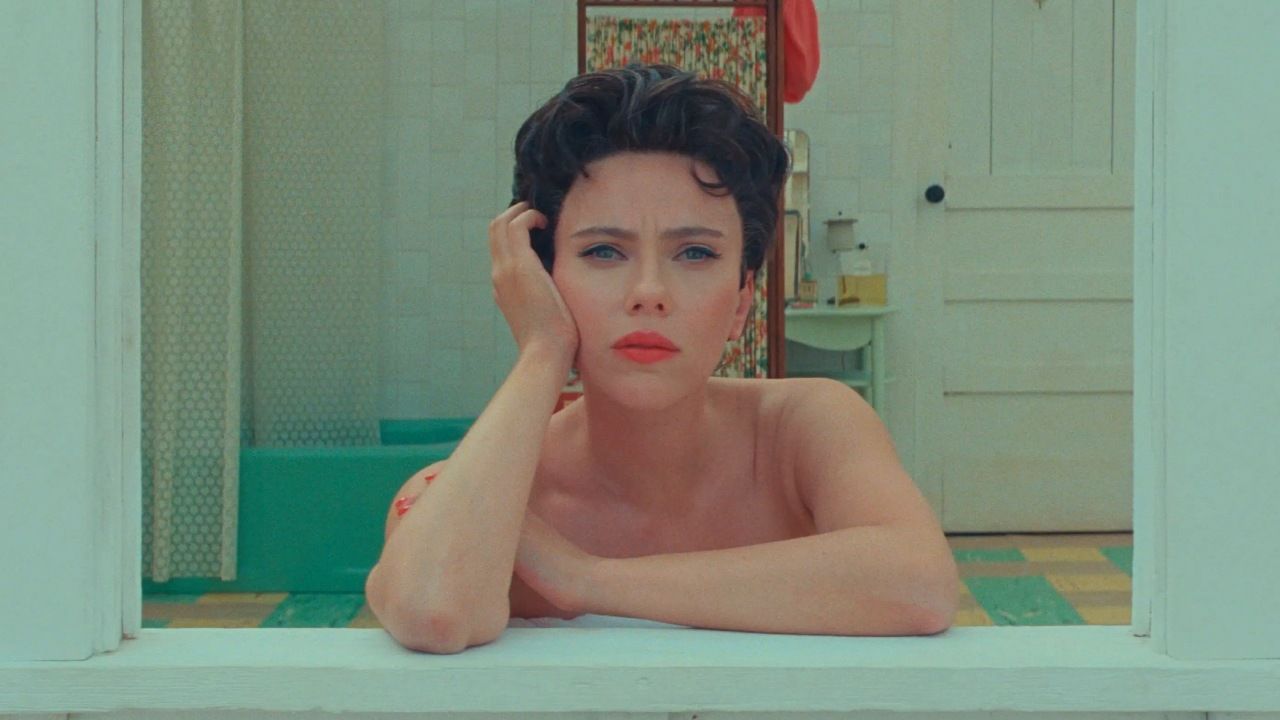The problem is associated with anxiety and can cause various harm to the body. Understand what trichotillomania is
Plucking out body hair and strands of hair in stressful situations is a fairly common condition that affects some people. This is the case, for example, of Amanda Meirelles, a BBB 23 participant. In a conversation with Bruna Griphao, the doctor reported that, in addition to her hair, she also used tweezers to pluck the hair on both arms.
What is trichotillomania?
“Trichotillomania is a behavioral disorder strongly related to anxiety and emotional problems, when the patient has the urge to pull out hair or body hair. Many times it can involve rituals, when the person selects a thread, or a certain number of threads, or even a specific type of thread (thick or thin, lighter or darker, wavy or smoother) to be removed,” explains dermatologist Dr. Cintia Guedes, member of the Brazilian Society of Dermatology (SBD).
According to the doctor, there are also people who use tools to pluck the threads, such as tweezers, for example. “They are usually women, who come to the dermatologist’s office complaining of scalp defects. Some of them perceive the impulses. Others may pull out their hair automatically, during routine activities, such as while watching television. In this way, the defects appear without realizing it when they started”, underlines the expert.
Associated problems
In addition to the discomfort, trichotillomania can cause a number of other problems, such as noticeable hair loss, redness, and even serious infections. “The condition can also leave scars, which may require professional treatment,” says the doctor.
Hair removal can occur at any time in childhood, adolescence or even adulthood. Furthermore, this is rarely an isolated event. In emotional cases, the patient is more aware of his compulsion, even though he cannot resist the urge to remove the threads, according to the doctor.
“In this way countless negative emotions can arise, such as frustration (for not being able to control impulses), shame, fear of being discovered, as well as dissatisfaction with appearance (caused by the lack of hair in some areas of the head),” he explains.
“It may also happen that people with trichotillomania have problems with other body-focused repetitive behaviors as well, such as nail biting (nail biting), dermatillomania (the urge to hurt one’s skin for non-cosmetic reasons), or even disorders such as depression,” adds the dermatologist.
Diagnosis and treatment of trichotillomania
It is the dermatologist who is responsible for diagnosing the condition. However, the treatment must be carried out by welcoming the patient with a multidisciplinary team with a psychologist, a psychiatrist and the dermatologist himself.
“In case of capillary dysfunction, the dermatologist can recommend supplements, drugs or treatments such as microneedling, lasers and infusions of substances to stimulate hair growth,” concludes Cinthia.
Source: Terra
Ben Stock is a lifestyle journalist and author at Gossipify. He writes about topics such as health, wellness, travel, food and home decor. He provides practical advice and inspiration to improve well-being, keeps readers up to date with latest lifestyle news and trends, known for his engaging writing style, in-depth analysis and unique perspectives.








